Why Germany’s Newly Opened Humboldt Forum Is So Controversial
Critics cite the Berlin museum’s ties to the country’s colonialist past
:focal(1499x1028:1500x1029)/https://tf-cmsv2-smithsonianmag-media.s3.amazonaws.com/filer/83/eb/83ebaf0b-abe8-40a0-937b-fd5ad53c9226/60f96b1a0376e-stefanieloos_sl20210720a1655.jpg)
The Humboldt Forum, a major—and controversial—museum nearly two decades in the making, has finally opened to the public.
Located in the heart of Berlin, the new institution hopes to welcome as many as three million visitors each year. As a hub for exhibitions, events and research, it aims to become a cultural destination on par with London’s British Museum, as Graham Bowley wrote for the New York Times in 2018.
The institution will eventually display the German state’s extensive collection of non-European art, including holdings from the Ethnological Museum and the Museum of Asian Art.
Originally slated to open in December 2019, the museum experienced construction delays and postponements due to the Covid-19 pandemic. Now, following a virtual debut in December 2020, the Humboldt Forum is finally welcoming in-person visitors—and it’s offering free admission to all for the first 100 days of operations, per a statement.
Museumgoers can explore six inaugural exhibitions on the venue’s first and basement floors, reports Kate Brown for Artnet News. Topics covered include the history of the building, the links between democracy and climate change, and the history of the illicit ivory trade.
Another exhibition explores the lives of brothers Alexander and Wilhelm von Humboldt, the museum’s 19th-century namesakes. Wilhelm was a noted philosopher and political theorist, while the younger Alexander was an ecologist and naturalist. Alexander traveled widely throughout Latin America during the era of European colonization, earning a reputation as “one of the most widely admired public figures in the world” between the 1820s and 1850s, wrote Eleanor Jones Harvey, curator of the Smithsonian American Art Museum’s recent Humboldt exhibition, for Smithsonian magazine in 2020.
In a separate statement, German Minister of State for Culture Monika Grütters cites the Humboldt brothers as the guiding inspiration for the new museum.
“With the opening of the Humboldt Forum, we are handing over to the public … a new type of museum that, in the spirit of the Humboldt brothers, creates a tangible experience of the traditions of the Enlightenment and the ideal of peaceful dialogue between cultures,” she says. “In so doing, Germany offers itself as a world partner wherever the unfamiliar is greeted with a spirit of curiosity, rather than one of rejection or denigration.”
The museum’s sprawling, $802 million complex is a partial reconstruction of the Berlin Palace, an 18th-century neoclassical building that once housed Prussian kings and other German royalty. This historical section merges with Italian architect Franco Stella’s modern interior and extension, as Josh Niland reports for Archinect News. (East Germany’s communist government demolished the original palace in 1950 and replaced it with a Modernist structure that was subsequently torn down to make way for the Humboldt Forum, per the Associated Press.)
As Jacob Kushner wrote for National Geographic last year, the German museum has attracted protests and sharp criticism from onlookers who cite its various links to the country’s colonial past.
Some critics argue that the reconstructed structure’s golden cross and design recall Germany’s brutal participation in the colonization of the African continent, as led by chancellor Otto von Bismarck. In one part of the rebuilt structure, “a gold-adorned statement by Prussian King Frederick William IV (1795-1861) calls for the submission of humanity to Christianity,” reports Stefan Dege for Deutsche Welle (DW).
Many of the Humboldt Forum’s most fraught collections have yet to go on display, as parts of the museum remain under construction. On September 22, the museum will open the second and third floors of its west wing with an exhibition featuring a Japanese tea house and a show displaying parts of the Ethnological Museum’s African collections. In the first half of 2022, the two floors’ east wings will open with planned shows on the Afro-Brazilian diaspora and Islamic and southeast Asian theatre traditions, according to Catherine Hickley of the Art Newspaper.
It’s in these wings that the Humboldt tentatively plans to stage a temporary exhibition of its most divisive holdings. Germany’s Ethnological Museum holds some 500 objects from the Kingdom of Benin, in what is now Nigeria—including 400 of the so-called Benin Bronzes.
In March, the museum announced plans to pursue conversations with Nigerian officials regarding the repatriation of the Benin Bronzes in its collections. As Alex Greenberger wrote for ARTnews at the time, museum leaders initially suggested that the Bronzes would not go on display in Germany, instead being represented by replicas or “blank spaces” in exhibitions.
Germany has since pledged to repatriate the thousands of Benin Bronzes housed in its museum collections—but as Hermann Parzinger, president of the Prussian Cultural Heritage Foundation, which oversees many of Berlin’s museums, says in a statement, officials are still investigating “how we can show Benin Bronzes in Germany.”
These artifacts number among the thousands of cultural heritage items looted by British forces during the violent takeover of Benin City in 1897. Today, many view the plight of the bronzes, which are scattered across more than 100 museums in Western countries, as a prime example of the cultural devastation wrought by European colonialism in the 19th century.
Representatives from the Humboldt, for their part, argue that the museum plans to use any potential exhibition of the bronzes as a springboard for discussions about German complicity in colonization.
Speaking with DW, museum director Dorgerloh adds, “Complex and painful topics such as looted art, provenance research and restitution issues will certainly be dealt with here. [W]e want to be very actively involved in these debates.”
/https://tf-cmsv2-smithsonianmag-media.s3.amazonaws.com/accounts/headshot/nora.png)
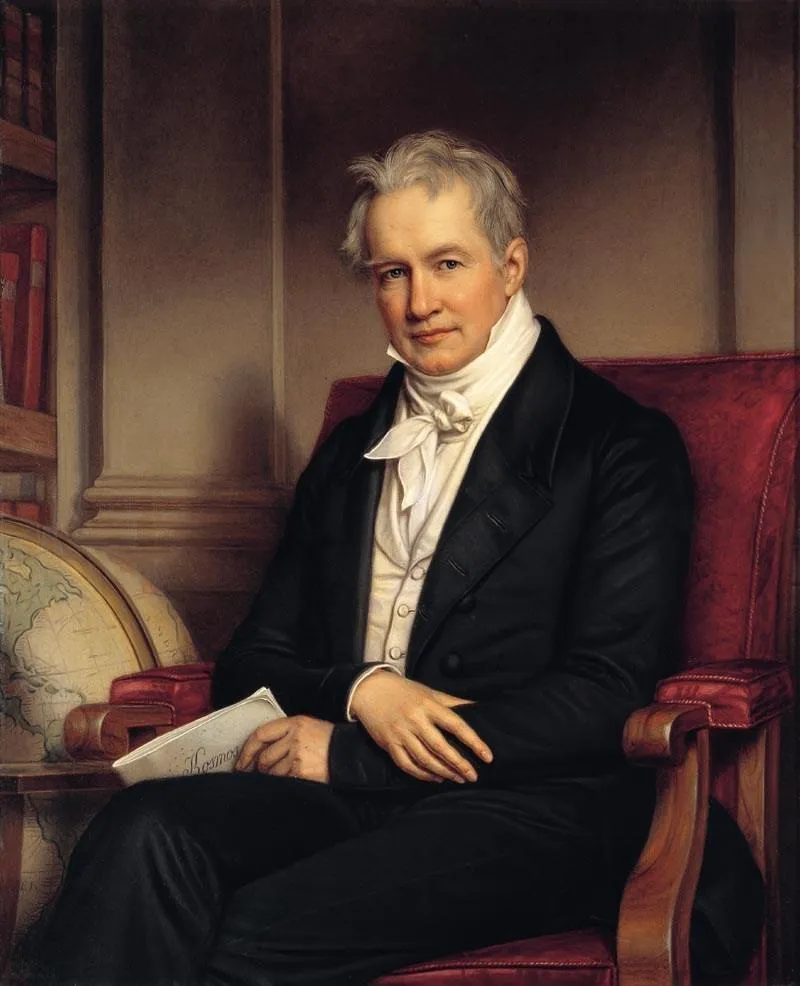
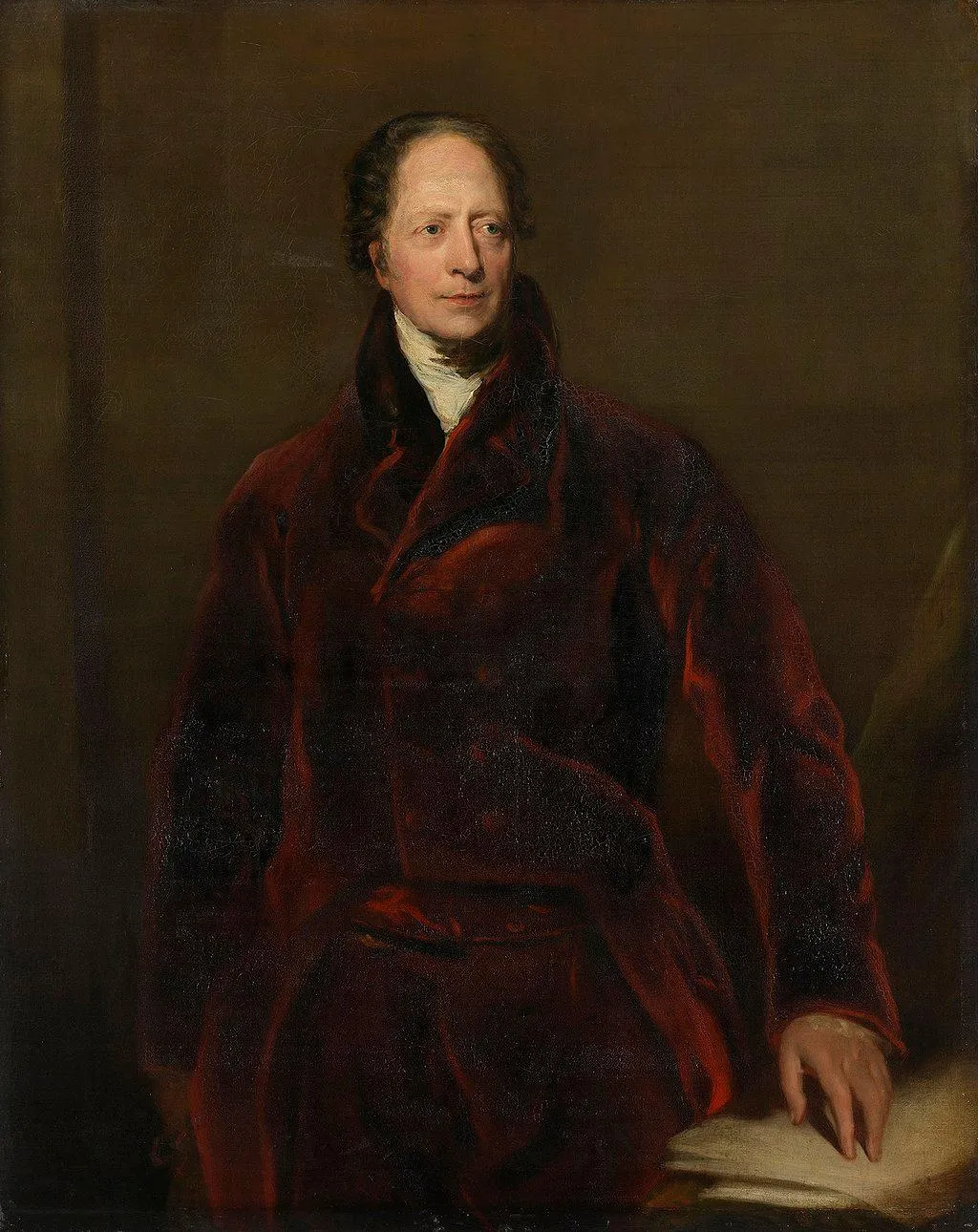
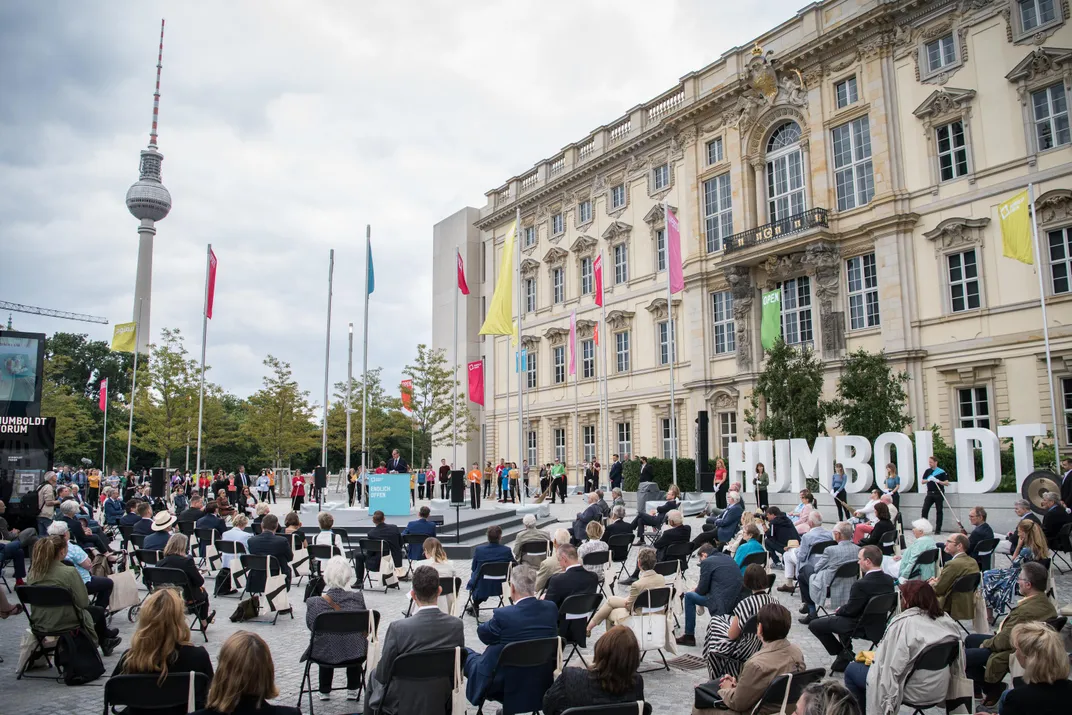
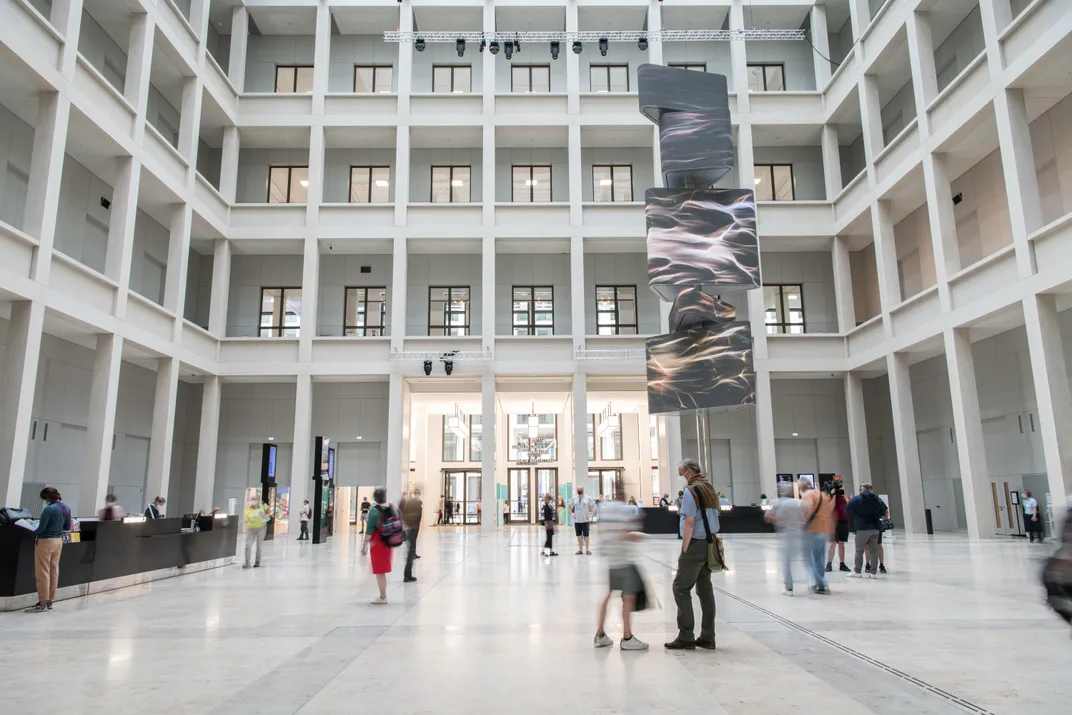
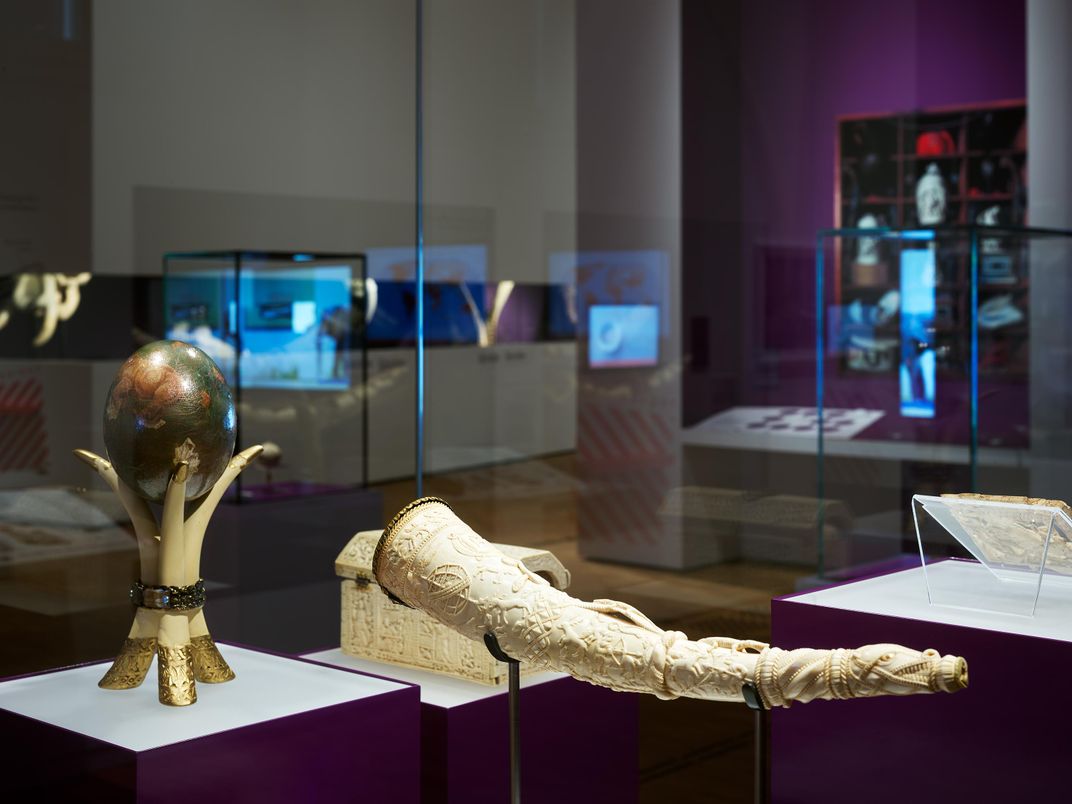
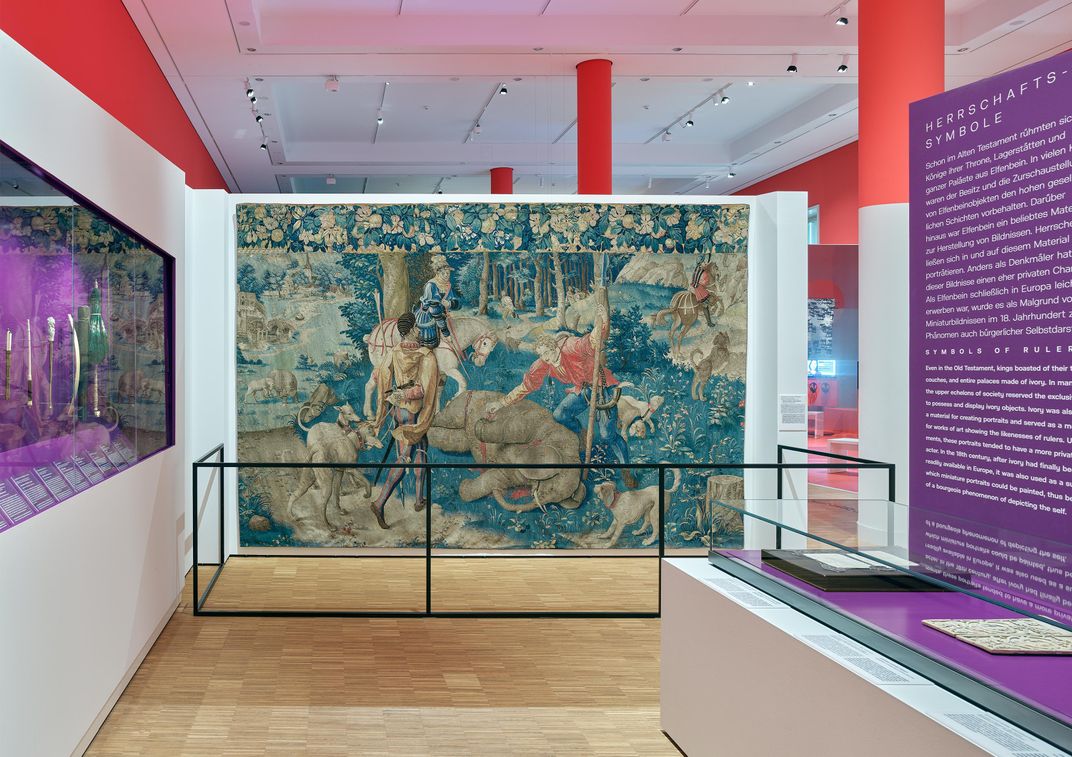
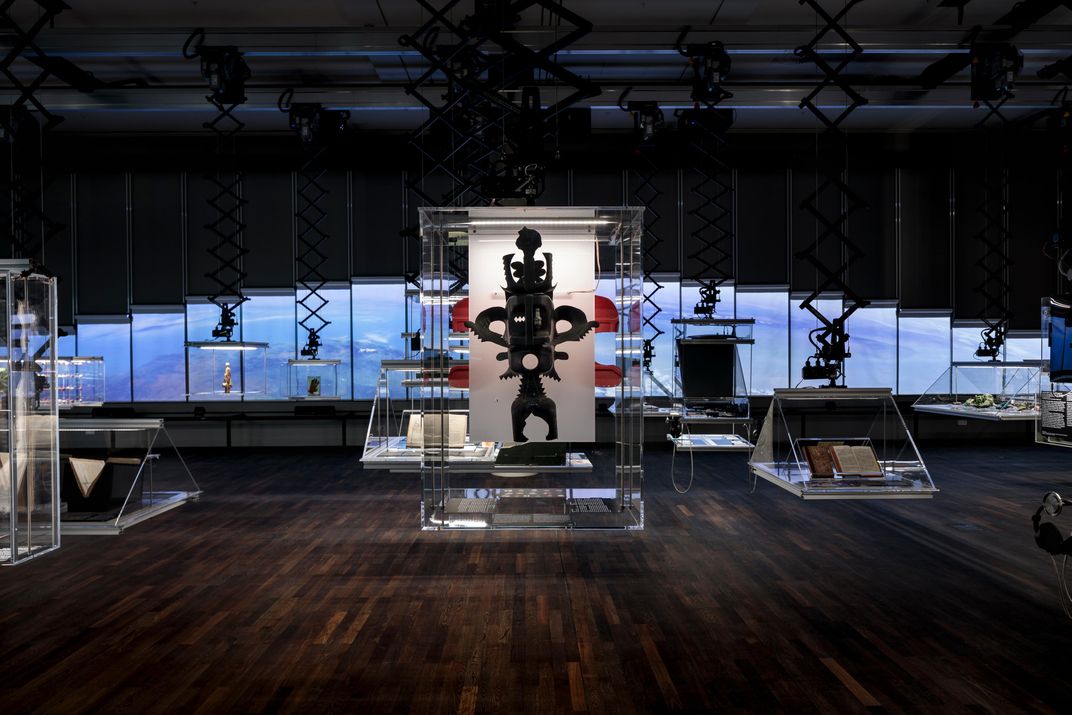
/https://tf-cmsv2-smithsonianmag-media.s3.amazonaws.com/accounts/headshot/nora.png)